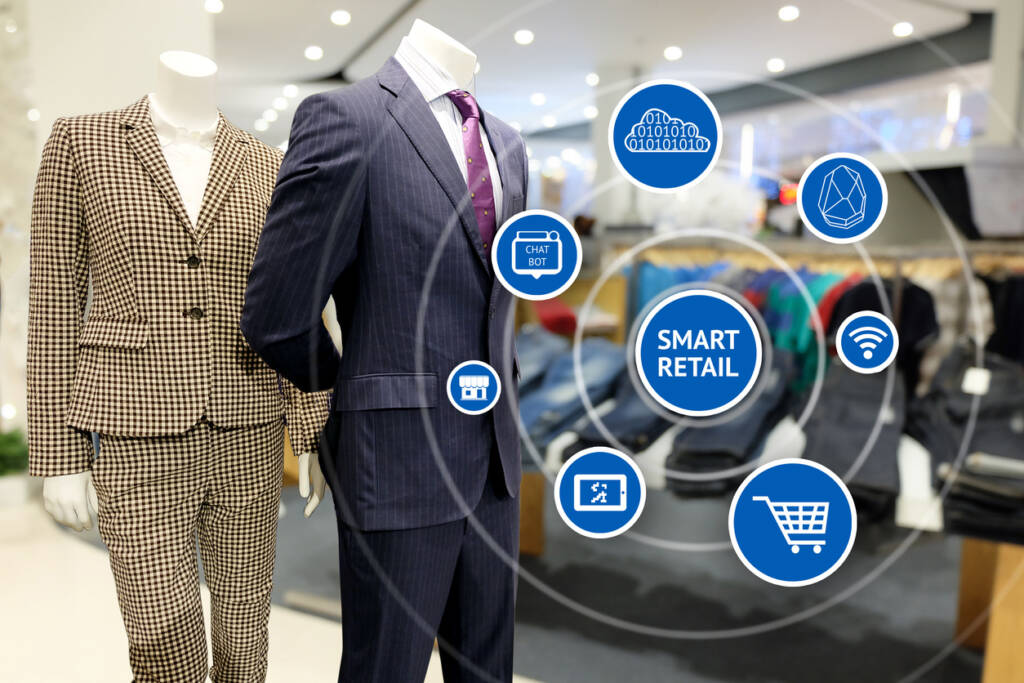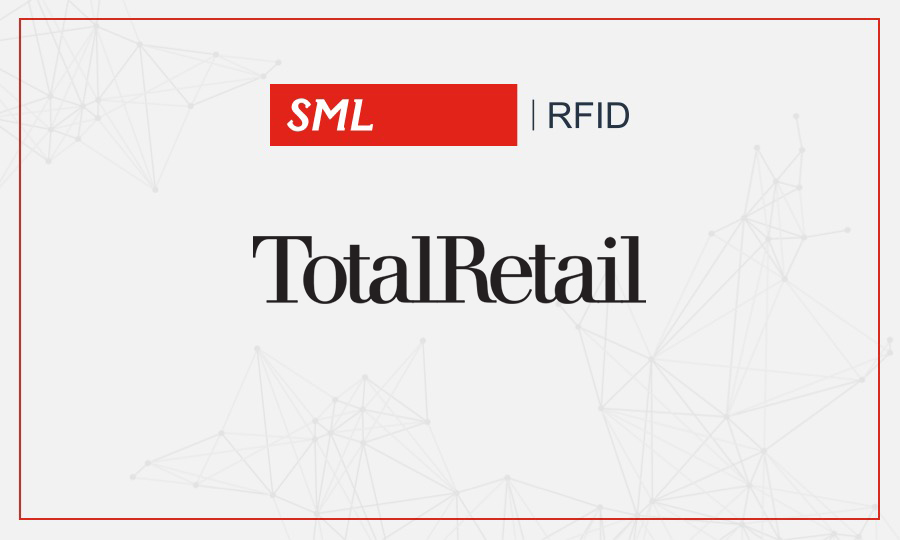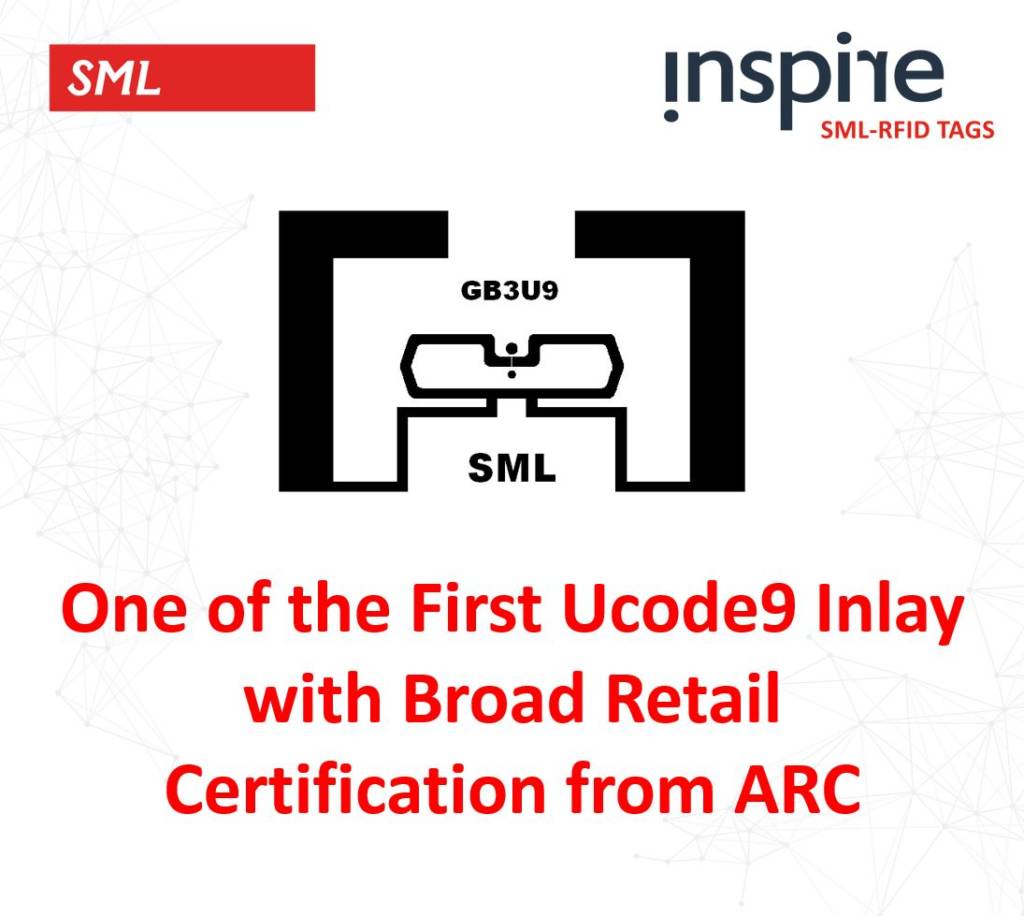How RFID enables BOPIS
BOPIS (Buy Online Pick-up In Store) is a key retail offering that provides customers with a hybrid shopping experience combining the convenience of online shopping with quick the benefits of picking up items at a physical store. This strategy is crucial for retailers who want to boast a successful omnichannel offering to gain a competitive advantage by leveraging physical stores to reduce last-mile shipping costs, provide same day order fulfillment, and increase overall sales.
Achieving high store-level inventory accuracy has become more urgent due to the rising popularity of omnichannel strategies such as BOPIS. Without an accurate view of inventory, executing BOPIS effectively is difficult, if not impossible as store associates are forced to cancel orders that they are unable to fulfill due to out-of-stocks. As many stores are now doubling as online fulfillment centers, store inventories must be reliable to avoid order cancellations and increased labor costs resulting from employees searching for missing items.
Leveraging item-level RFID
Taking advantage of item-level RFID technology and its drastic improvement in inventory accuracy for BOPIS 2.0 can be a kickstarter for the retail sector as it directly impacts a retailer’s ability to successfully implement omnichannel initiatives. “The ultra-dynamic nature of inventory resulting from BOPIS…is making the need for enhanced analytics and inventory management more acute than ever,” said Tyler Higgins (AArete) in an interview with Retail TouchPoints.
Industry adoption of RFID continues to accelerate as the reduction in the cost of RFID technology, supplier mandates, and business case studies support its growth; indeed, 69% of merchants worldwide state RFID implementation is a priority for their business. Furthermore, RFID usage yields noticeable results, as seven out of ten retailers reported sales increases of 1.5% to 5.5%, and inventory accuracy rates with RFID increased from a range of 65%-75% to 93%-99%.
Establishing BOPIS 2.0
With a typical inventory accuracy of 70% or less, outdated BOPIS operating models based on inventory data derived from manual stock counts are not feasible. BOPIS 2.0 retailers can accurately determine how much stock they have left by deploying RFID solutions to attain accurate real-time inventory views. They are able to identify what areas require replenishment, and RFID enhanced search features help locate specific products quickly. Accurately finding products in crowded stockrooms and sales floors helps store associates successfully support in-store and omnichannel fulfillment models. When omnichannel orders are consistently fulfilled, it increases customer satisfaction levels, customer loyalty, and profitability. This competitive edge is only attainable for retailers with an accurate view of their store and sales floor inventory.
With this level of precision, a retailer may improve their operations across a variety of areas, reduce labor expenses, and free up employees’ time to perform tasks that drive sales and boost revenue. Implementing RFID solutions enables retailers to create efficient inventory management that streamlines BOPIS channels, while freeing the time of store associates to elevate customer service.
Elsewhere, retailers may change how they deploy their personnel across several operational areas by using item-level RFID. RFID technology helps retailers rethink how they operate, modifying current processes to ensure they remain competitive, profitable, and at the forefront of retail technology. This includes point of sale (POS), logistics & replenishment, as well as customer support, as RFID impacts all of these traditional retail touchpoints. Numerous retail stores are improving top-line sales, eliminating labor-intensive inventory management tasks, and reducing surplus inventory as a result of this transition.
Remaining retail competitive
For retailers, “it’s not just inventory for the stores, it’s also eCommerce, mobile, and call center channels,” says Ken Morris (Cambridge Retail Advisors). Many stores have separate inventory ledgers for each channel and continue to rely on technology that syncs them up intermittently, leading to inaccuracies and operational inefficiencies. Leveraging the right technology helps retailers remain flexible to ever-changing customer needs that demand synchronization between channels to deliver a frictionless customer experience.
Since inventory accuracy and the ability to locate specific products are directly tied to order fulfillment success, the advantages of RFID are inextricably linked to the operational execution of the BOPIS model.
To find out more about how item-level RFID can enable your retail business to roll out a BOPIS offering, contact info@sml-rfid.com.










